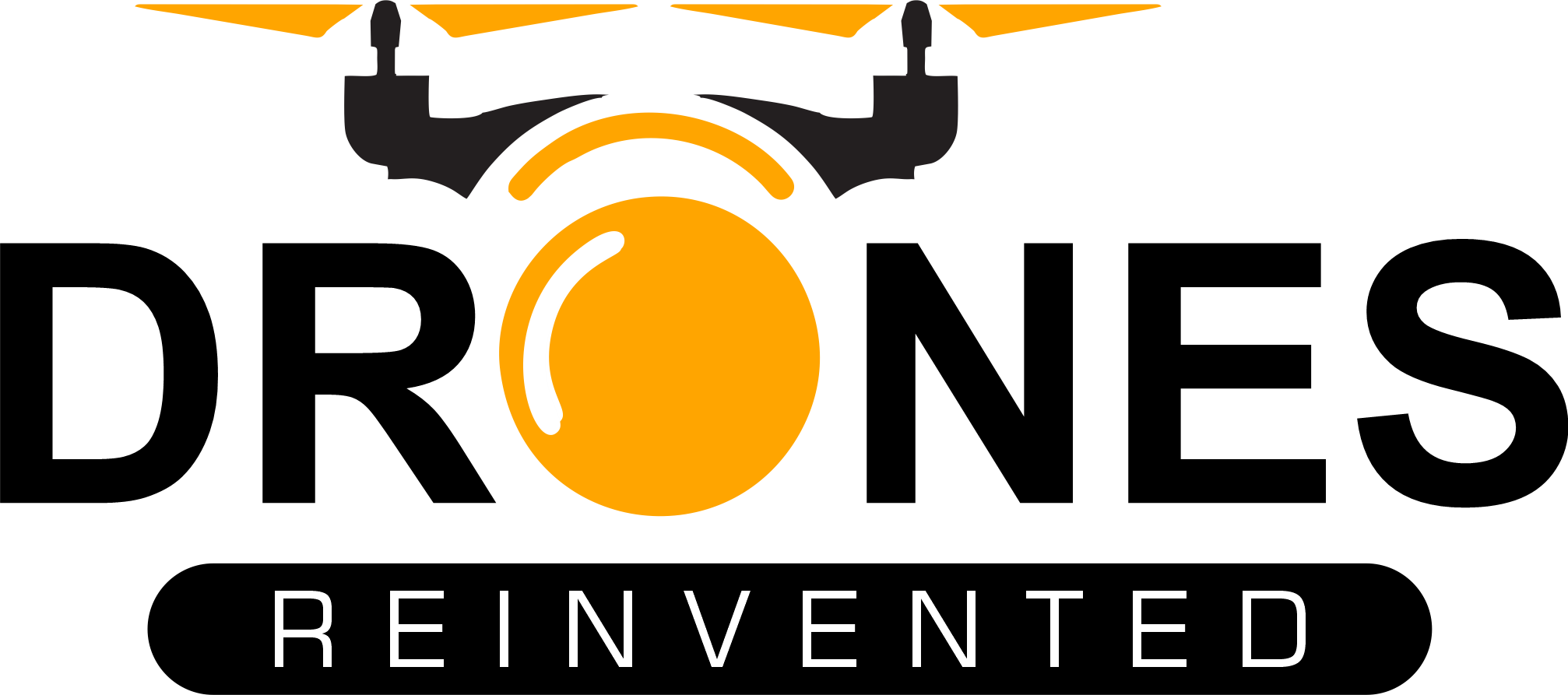image: CC0
New Legislation Expands Recreational Drone Access and Empowers Educational Use
by DRONELIFE Staff Writer Ian J. McNabb
The recent passage of the FAA Reauthorization Act through the US Senate Committee included some big news for recreational drone operators, with the Academy of Model Aeronautics announcing that their proposed amendments had been included in the final version of the bill. Sponsored by Senators Todd Young of Indiana and Dan Sullivan of Alaska, the amendment, which was included as part of the Manager’s Package, includes greater access for recreational drone operators to controlled airspace, allowing flight beyond fixed flying sites, and a new process to request flights into controlled airspace from uncontrolled airspace.
Under the previous policy, recreational drones flown in controlled airspace were largely limited to fixed flying sites, so the new provisions will be welcome news to many amateur flyers – or at least thos who have drones featuring the now-mandatory Remote ID technology.
Community-Based Organizations (CBOs) such as the AMA which have become an established part of the national airspace management system will now be allowed to self-declare FRIAs, FAA-Recognized Identification Areas. CBOs will also now be required to become TRUST administrators, the basic aeronautics test the FAA established in 2021 for recreational drone operators. It also provides up to $1 million a year for the collaborative “Know Before You Fly” program, designed to ensure compliance with regulations by new drone buyers and operators, clarifies terminology (changing “sanctioned events” to “CBO-sponsored operations” and changing the term “UAS” to “drone”) and better clarifies large model operations in Class G airspace.
In important news for educators, the new bill allows elementary and secondary schools to operate drones under recreational rules, making it easier to integrate UAVs into the classroom.
More information on the FAA reauthorization (and its effect on commercial operators) can be found here. More information on the AMA can be found here.
Read more:
Ian McNabb is a staff writer based in Boston, MA. His interests include geopolitics, emerging technologies, environmental sustainability, and Boston College sports.
Miriam McNabb is the Editor-in-Chief of DRONELIFE and CEO of JobForDrones, a professional drone services marketplace, and a fascinated observer of the emerging drone industry and the regulatory environment for drones. Miriam has penned over 3,000 articles focused on the commercial drone space and is an international speaker and recognized figure in the industry. Miriam has a degree from the University of Chicago and over 20 years of experience in high tech sales and marketing for new technologies.For drone industry consulting or writing, Email Miriam.
TWITTER:@spaldingbarker
Subscribe to DroneLife here.

0 Comments